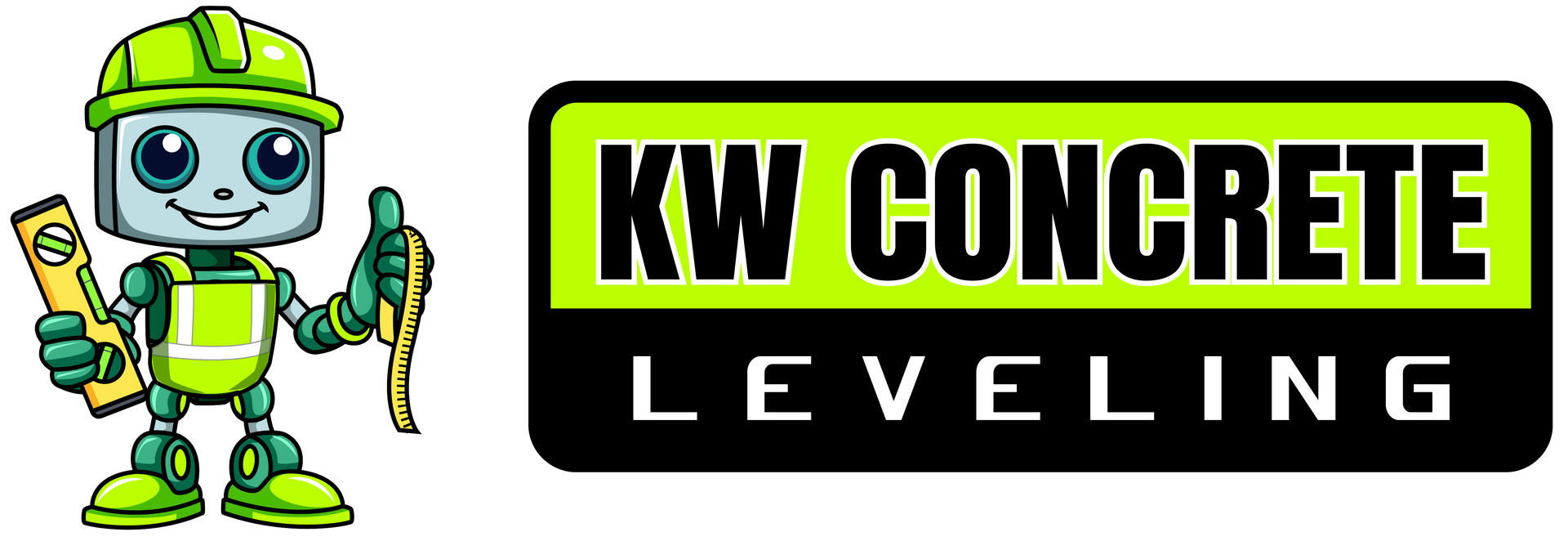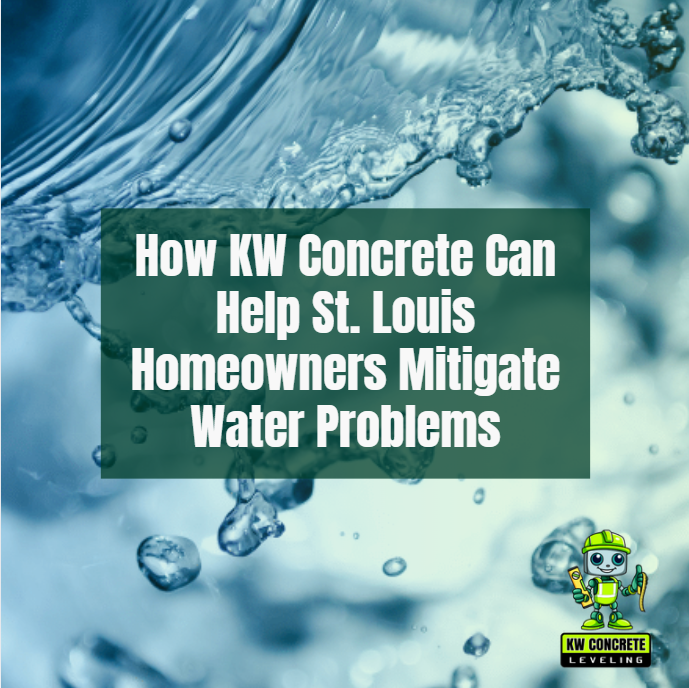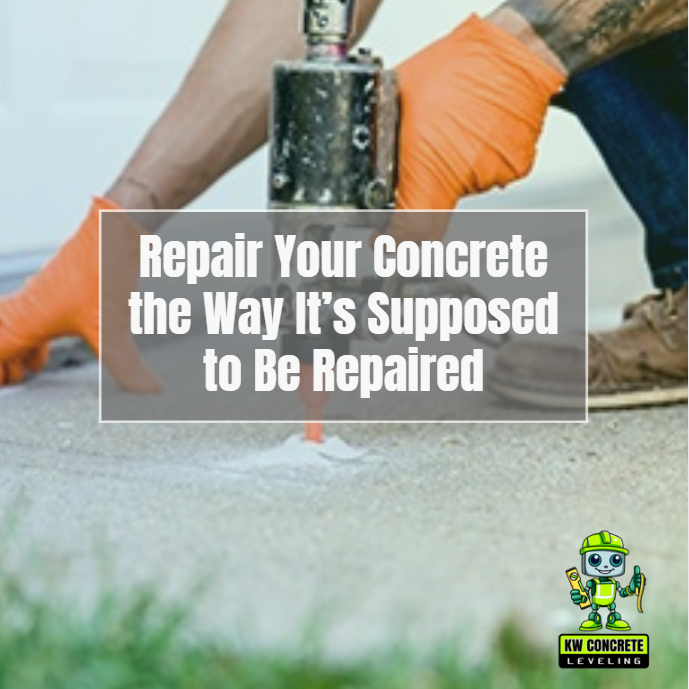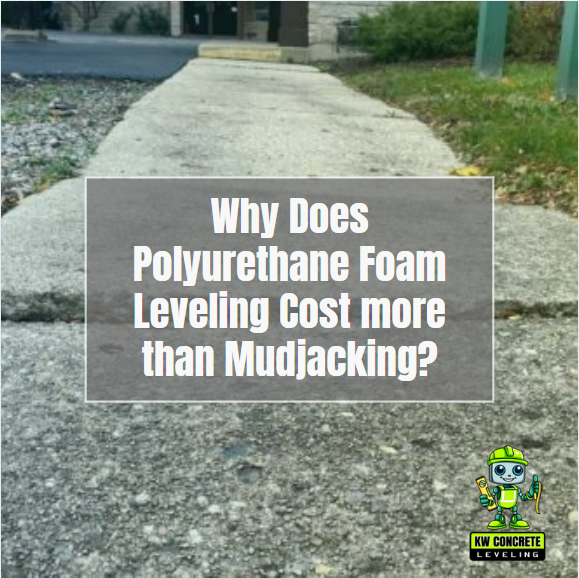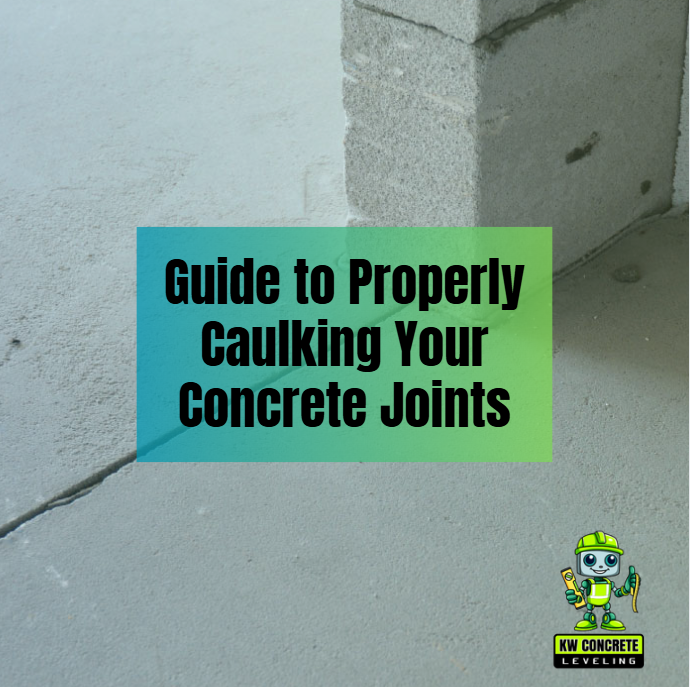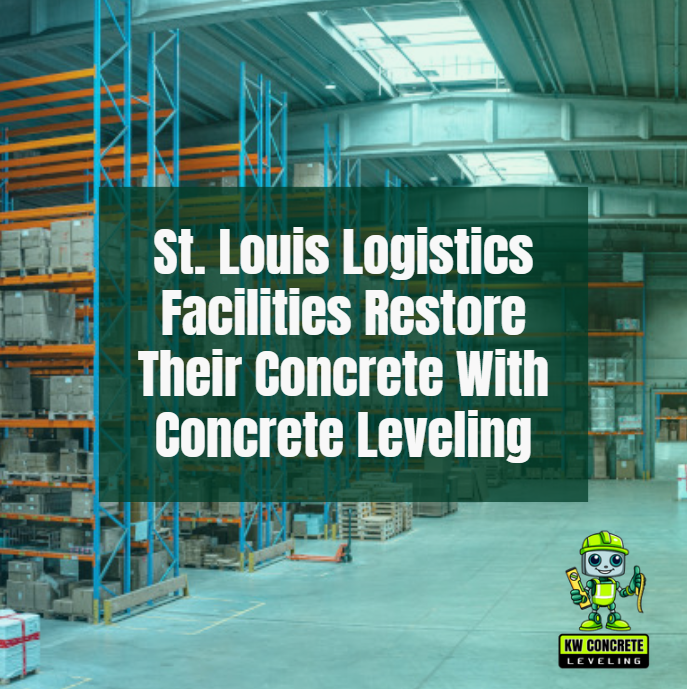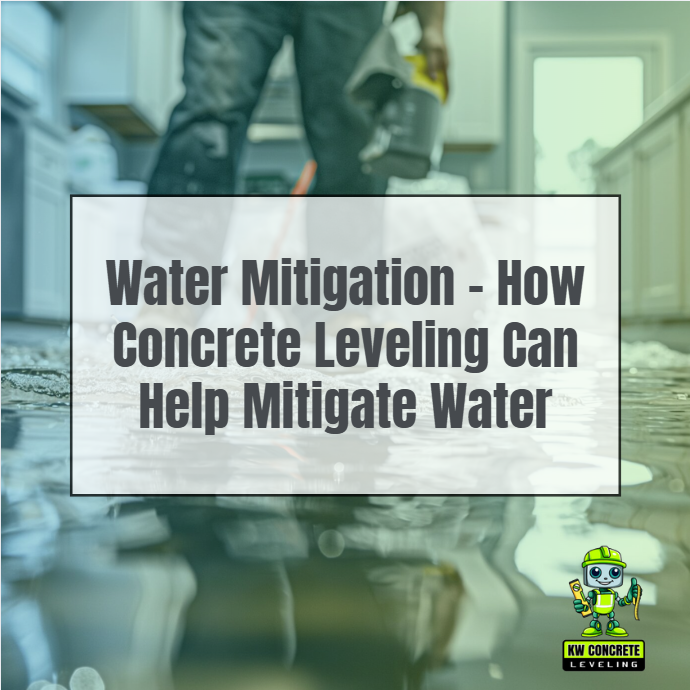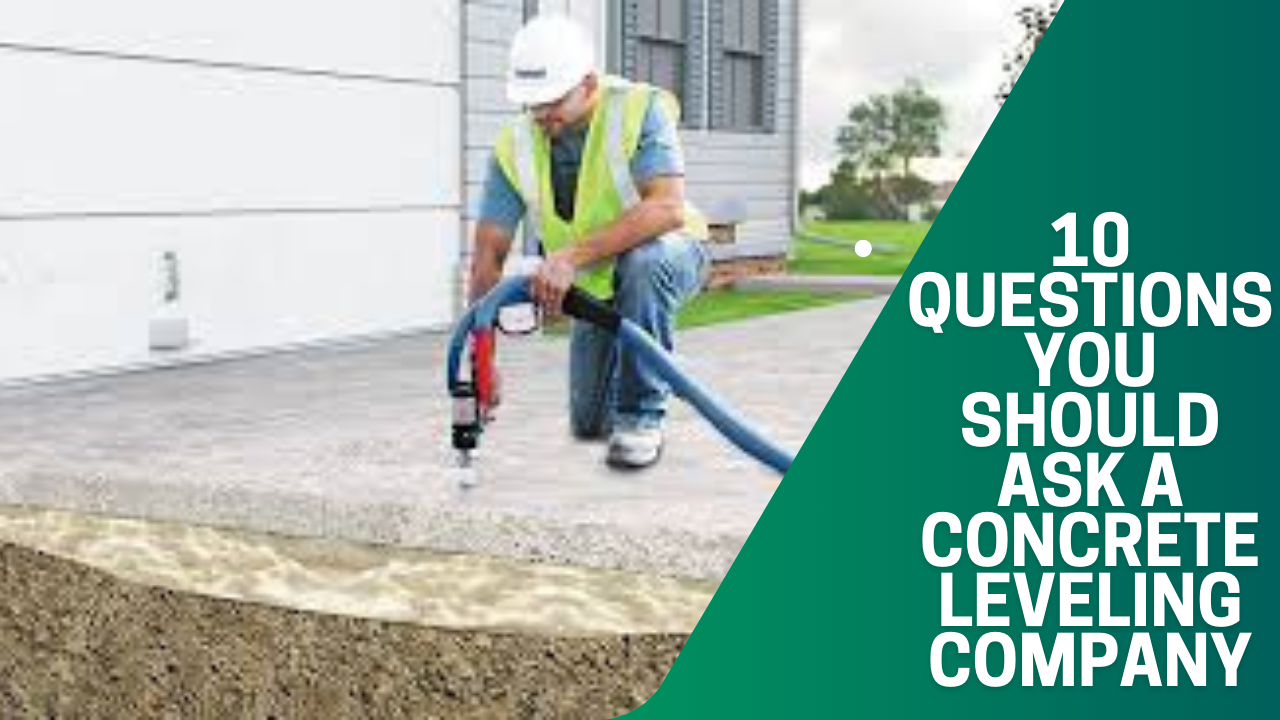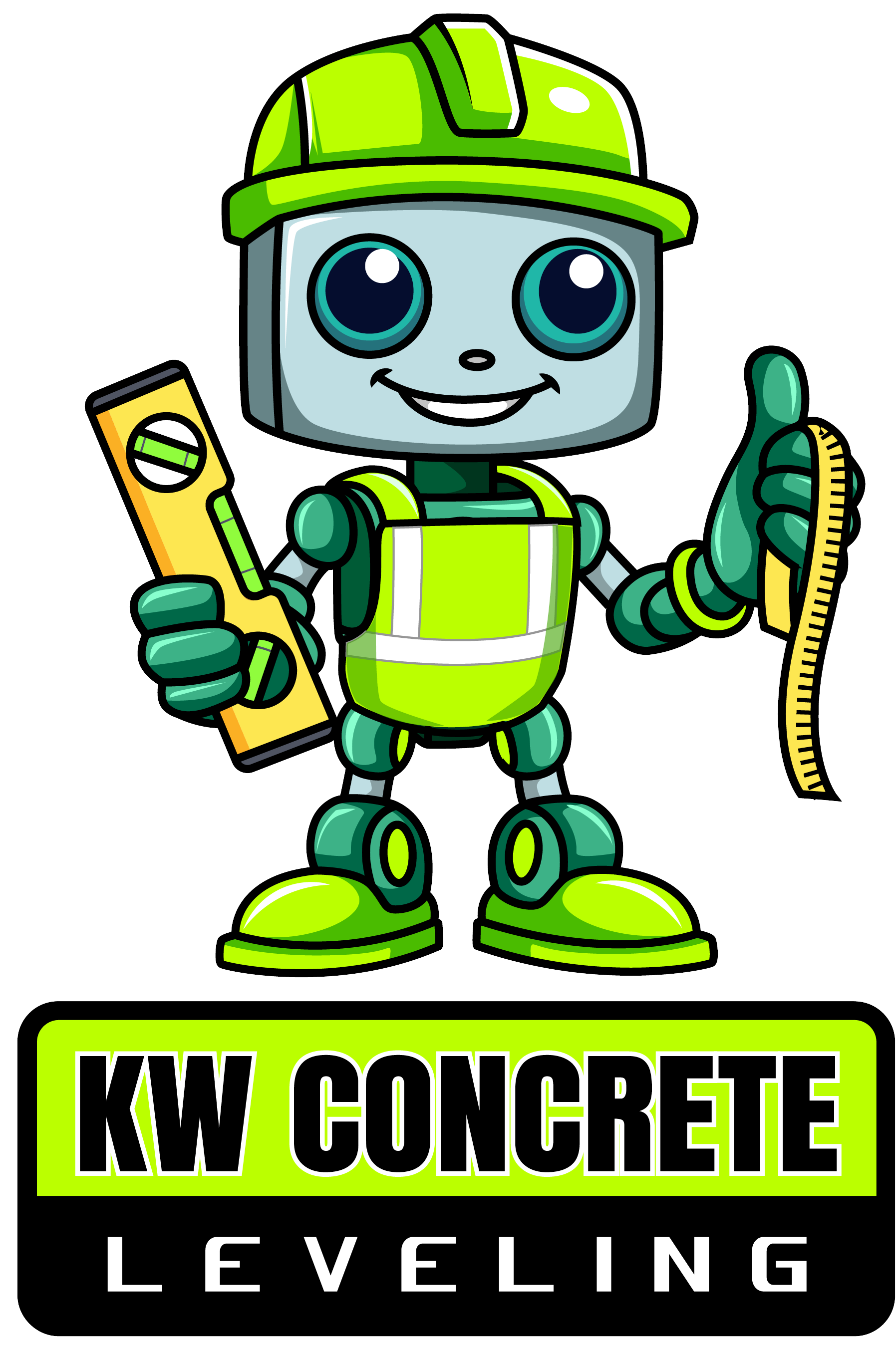Is It Safe to Use Polyurethane Foam for Concrete Leveling?
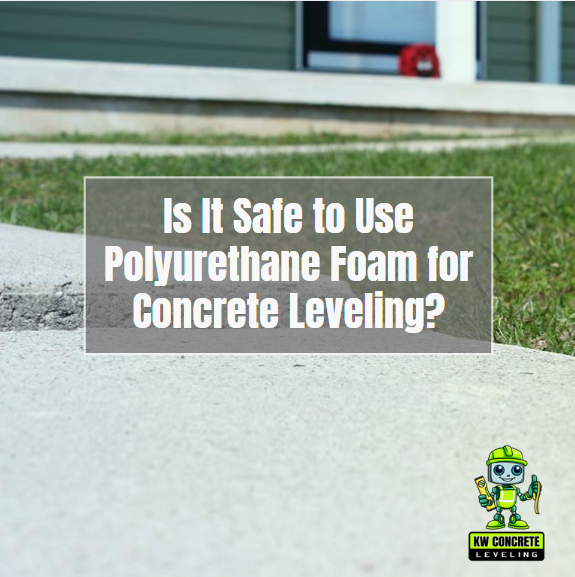
Key Insights
- Polyurethane foam is a safe and effective solution for lifting and leveling concrete.
- It is non-toxic and environmentally friendly.
- The material does not contain hazardous chemicals.
- Polyurethane foam meets OSHA safety standards.
- It plays a role in environmental protection by managing spills and improving drainage stability.
Concrete leveling is one way to fix uneven surfaces but many homeowners and business owners wonder if polyurethane foam is safe. Great news: current polyurethane foams are safe for individuals, pets and the environment
The foam used for concrete leveling is nontoxic - it won't release toxic fumes or chemicals into the air after being applied.
Polyurethane foam is designed to be environmentally friendly so less complete concrete replacement and construction waste is avoided.
Unlike some traditional leveling methods, polyurethane
doesn't contain VOCs or other hazardous substances.
The application process follows Occupational Health and safety Administration
(OSHA) regulations and is safe for employees and clients alike.
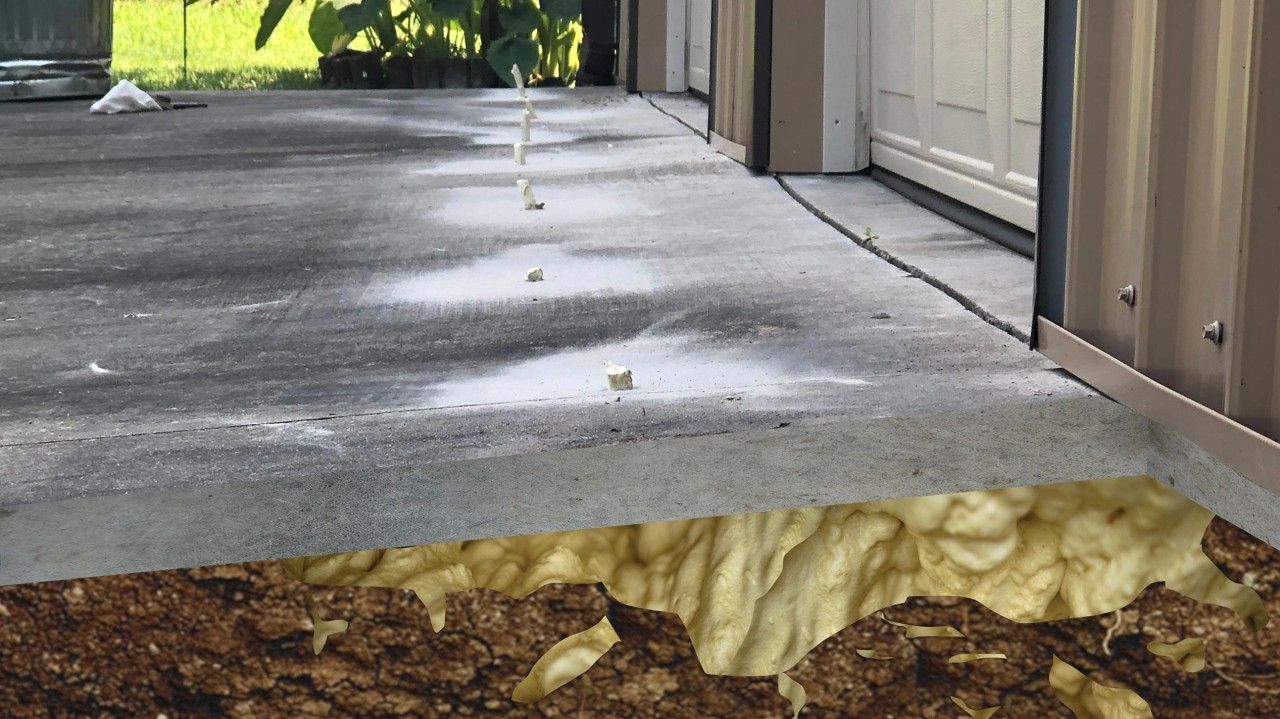
Polyurethane foam is a light - weighty material that expands upon application. It's made from two liquid components that react to form a solid foam. When cured, it forms a rigid but flexible foundation that supports and lifts sunken concrete surfaces.
This type of foam has found use in insulation, automobile manufacturing and even medical devices. In concrete leveling, it is an effective and long-lasting alternative to
traditional mudjacking or
full slab replacement.
Foam concrete leveling involves injecting polyurethane foam under sunken or uneven concrete. The process works this way:
- Drilling Small holes - small holes about the size of a dime are drilled into the affected concrete.
- Injecting The foam - the polyurethane Foam is injected through these holes, and it expands to fill the gaps beneath the slab.
- Lifting and Stabilizing - the foam expands back into the concrete and fixes it in place for a long time.
This is a quick, minimally invasive method that allows immediate use of the repaired surface.
Polyurethane foam has gone through extensive testing and meets market safety standards. For these reasons it is safe:
Air quality impact testing of many polyurethane products shows low or no VOC emissions.
When cured, the foam remains stable and does not break down or give off noxious substances into the soil.
As polyurethane is a favorite component of household items like appliances and mattresses, its safety is well documented.
Polyurethane foam is also eco friendly in several ways:
- Hazardous Material Encapsulation: The foam can seal in contaminants and prevent them from spreading, which is useful for environmental cleanup projects.
- Management of Spills: Due to its expansion properties, polyurethane foam is sometimes used to contain environmental spills.
- Improving Drainage and Coastal Stability:
Polyurethane holds soil together, resists erosion, and supports drainage in flood zones.
| Pros | Cons |
|---|---|
| Lightweight and Durable: Doesn't add much weight to the soil underneath the concrete. | Initially Cost: May cost more than mudjacking upfront. |
| Quick and Efficient: Majority of projects are completed in a few hours. | DIY Use Limited: Requires professional application for best results. |
| Disruption is Minimal: No heavy machinery or excavations are required. | Not Best for Every Situation: Extremely large voids or broken slabs may require additional solutions. |
With regard to uneven concrete, polyurethane foam is the best solution. It's a long lasting fix that requires little disruption and is a good option for homeowners, businesses and municipalities.
But that depends on the damage and your budget. If your concrete is only slightly uneven or has settled due to minor soil movement, polyurethane foam is a safe alternative. Conversely, in case the slab is cracked or deteriorating, you might need to look into some other fixes.
By selecting
polyurethane foam for concrete leveling you're choosing a safe, reliable and green method that restores stability and extends the life of your concrete surfaces.
Share This post with others!
Call For An Estimate!

